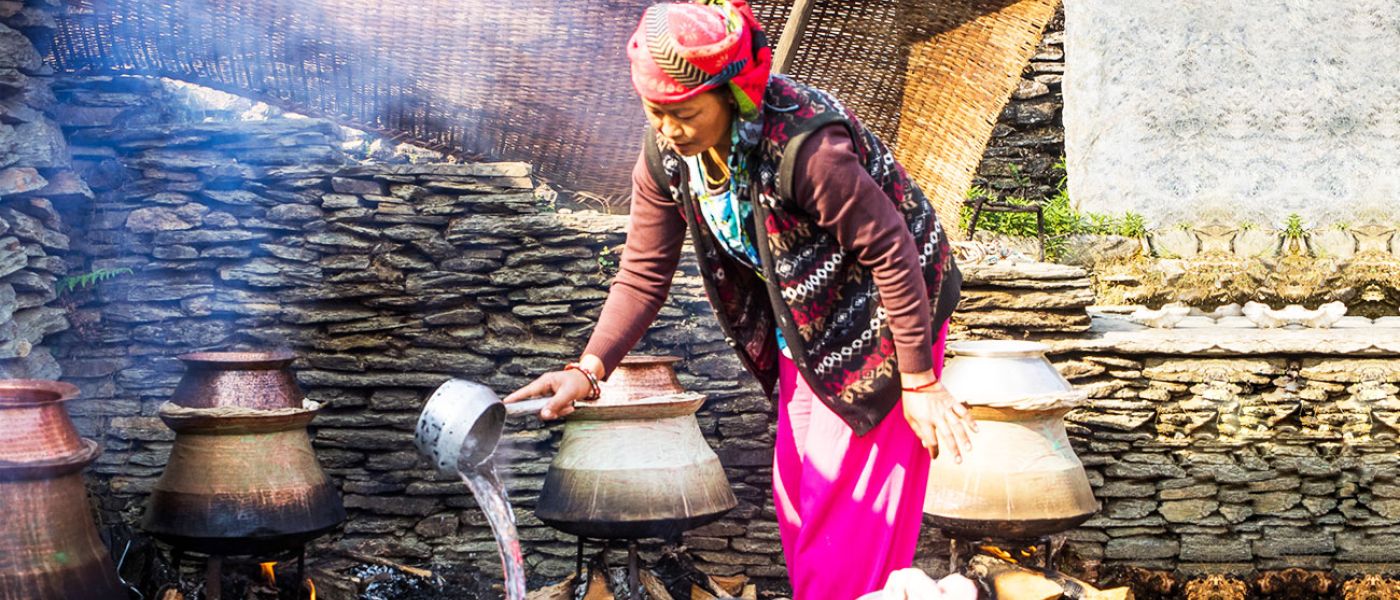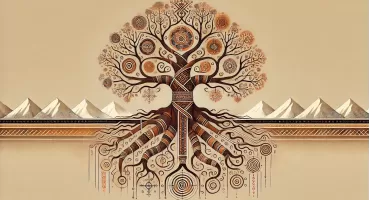Alcohol abuse is a major public health issue in India, especially among tribal communities. This is not just in India and the rest of the Himalayan region but has always been a worldwide problem. In the United States, alcohol abuse is the leading cause of death among Native Americans. Various studies in India have also shown that alcohol consumption among tribal people is significantly higher in other social groups. For a vast majority of tribal communities, the custom of drinking is persistent and widely pervasive during traditional practices and can be viewed as a part of a behavioral domain that has become so alarming that it has garnered academic interest! Should tribal people who repeatedly consume liquor be overlooked as it is a cultural practice, or is it now time to call it an unhealthy custom and reforms be brought in?
Communities listed as India’s Scheduled Tribes constitute 8.2% of the total Indian population. But the capability to meaningfully study the extent and nature of tribal health patterns in India still remains limited. What we do know for sure is that the death rate due to alcohol abuse is far greater among tribals than non-tribals. The production of alcoholic beverages throughout the Himalayan region has its roots in various cultural and religious practices of these communities. The consumption of such beverages has strong traditional significance among ethnic people. In many cases, alcohol libations are also made upon the sanctums or shrines of tribal people. Then, there are also social conventions that allow for the consumption of alcohol.

Alcohol production and drinking customs among tribal communities are explicitly embedded in the role, function, significance, and traditions of tribal social groups but they do not necessarily dictate the circumstances which make its people drink or abstain, and perpetuate their tradition through subsequent generations. Moreover, the alcohol produced by most Himalayan tribes has always been mild beers or other fermented soft beverages, which are generally used only for ritualistic and ceremonial purposes. The use of other forms of alcohol came into the knowledge of tribal people only after they made contact with the mainstream non-tribal populace.
While there are many who argue that because of genetic differences, alcohol is more harmful to ethnic indigenous tribal people, no scientific data supports this argument. It is a myth but many studies show that while the effects of alcohol could be the same for tribals and non-tribals, tribal people are more likely to consume alcohol than others. Tribals are also likely to consume alcohol at risky levels. But is this the entire reason for the increasing number of fatalities among tribals? Here we must also investigate the extent to which the tribal/non-tribal health divide goes and also the differences in socioeconomic well-being between the two groups.
The difference in socioeconomic resources directly accounts for tribal and non-tribal health inequalities. The extent to which socioeconomic well-being predicts health outcomes within a populace is self-evident. Health inequalities are fundamentally social in nature though not exclusive to just tribal populations. The patterns of tribal health deprivation and socio-economic condition of the group have been investigated time and again. In a paper titled Caste and Tribe Inequality: Evidence from India, 1983-1999, Yoko Kijima cites various writers who have reported the “disparities of living standards” between tribals and non-tribals. We can therefore deduce that these reasons alone are the main causes of alcohol becoming lethal for tribal people.

Most of the tribes in India, despite Government support, face a persistent economic disadvantage. They also suffer from high rates of unemployment, illiteracy, and a severe dearth of stable income. According to a report by the Planning Commission of India, in rural areas, 47.3 % of communities listed as Scheduled Tribes of India, live below the poverty line. In the urban areas, it is 33.3%. Tribal communities also have below-average rates of high school and college completion with very few graduating from college each year. These communities are less likely to have health insurance and access to adequate medical care. The overall economic disadvantage, characterized by illiteracy, poverty, and scarce resources, likely contributes to the prevalent abuse of alcohol. Less availability of medical treatment also causes more deaths due to alcohol abuse.
Other than severe health problems, tribal populations are also forced to endure the unfortunate stereotype that they are alcoholics. The infamous Muluki Ain is a famous example. Published in 1854, this Constitution of Nepal, categorized the entire indigenous tribal population of the Nepal Himalayas as “Masinya Matwali” which literally means “expendable alcohol drinkers”. Even after more than 150 years, the Himalayan tribes in Nepal as well those living in the neighboring Sikkim and Darjeeling have not been able to shake off the label of being called a “Matwali” or “Alcohol Drinker”. Many a time, a person belonging to a tribal group can be heard saying “hamile ta jaat le pako” (we have inherited drinking).
There is an inherent sense of cultural loss, identity crisis, and historical trauma among tribal people. They have suffered many years of oppression and persecution which not only affect socio-economic situations but also bring about psychological distress. While there may not be any discrimination today but the impact of centuries of socio-economic, moral, physical, psychological trauma is likely to affect many generations because it disturbs the subconscious nature of thinking. Moreover, those tribal populations which have been influenced by a Hindu way of thinking are already fatalistic in their approach to life and the world. The grip of fatalistic thinking, identity crisis, and poverty is almost impossible to evade. Centuries of oppression, loss of land, and identity crisis can easily cause unresolved anguish to be transmitted across generations, which likely leads to drinking as a coping mechanism though there may be no official data to prove it.

Tribal people have not only lost their lands in ancient times but continue to do so today. They have constantly sold off their ancestral lands to acquire alcohol. Many expanded cities and residential areas today have been built upon Tribal lands. While the Government of India has banned the tribes from selling off lands to non-tribals presently, much of the damage has already been done and so the woes of many tribal communities that come from losing their lands seem to continue. Research has shown that tribal people suffer from chronic stress, which subsequently increases the risk of alcohol abuse and addiction.
There are very few rehabilitation programs available for tribal social groups. There are no organizations that assist people suffering from substance abuse. While treatment for alcohol-related problems is already low, tribal populations also suffer from various ailments. According to a paper titled, Doctors for Tribal Areas: Issues and Solutions, Mavalankar D writes that among tribal populations, communicable diseases, non-communicable diseases, malnutrition, mental health, and addictions complicated by poor health-seeking behavior have quadrupled over the years.
If not for proper treatment plans, recovery programs, and other healing approaches, alcohol abuse among tribal populations will continue to rise. While Governments and non-profits might be trying to help, the participation of community elders, spiritual leaders, families, and groups within a tribal community must come together and create culturally sensitive treatment programs to overcome this challenge.





Yaa… its true but when you see present seniors. The local people more consuming the other export alcohol rather than use of own alcohol. It does not meant that i’m against band of alcohol. The way of persistent used of alcohol has been change with preserve our culture too.